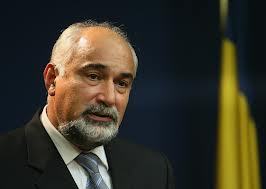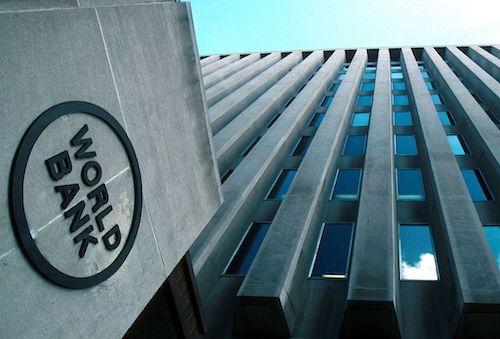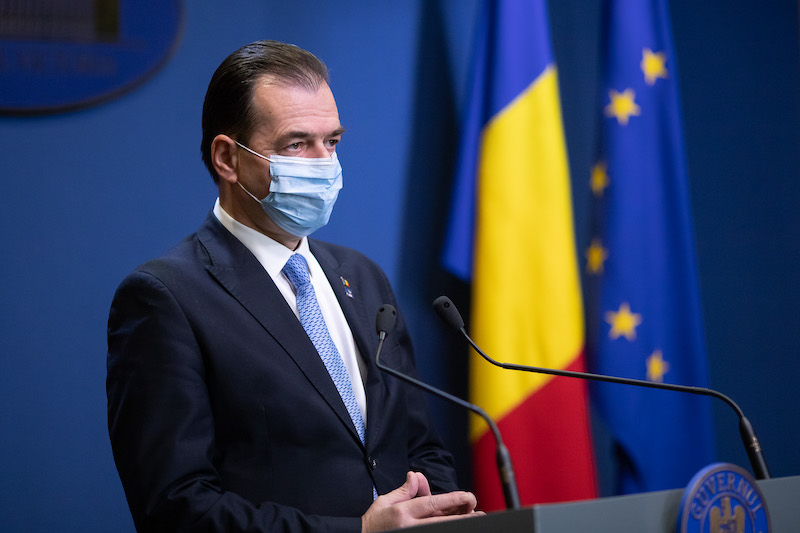Varujan Vosganian’s anti-crisis strategy: a modern industry and an economy less dependent on European market

Romania should re-enter on an economic growth phase starting the second half of 2013 that is expected to last until 2018 according to Romanian Minister of Economy, Varujan Vosganian, interviewed by AGERPRES.
In order to eventually overcome the economic crisis, Romania should work on eliminating part of its vulnerabilities, and reduce the strong relations established with the European market. Because almost 80 per cent of the Romania's economic flows are linked to Europe and unless EU economy follows a growth path, Romania will be affected.
The Minister also emphasized the importance of supporting the industry field in the economic revival process, considering 26% of the Romania's GDP is due to the industry sector. There is a re-industrialization strategy in that regard that is designed to cover four major aspects: 'The re-industrialization strategy has four components: the competitiveness strategy (…) the second component is the export strategy, the third – innovation strategy, and the fourth – the re-industrialization strategy with its action plan.’
He also stressed the importance of this strategy, aiming to modernize the industry, in the context of the energy market liberalization that supposes higher prices and consequently, higher costs.
'Here are two main issues: whether Romanian industry is modern enough to be able to include in its costs higher prices and whether people have sufficiently high incomes.(...) But we have some issues with the industry, especially with the consuming industry and not only in Romania, but throughout Europe. Therefore we are going to propose the European Counsel a re-industrialization project named 'La Rennaisance Industrielle' (The Industrial Reborn) targeting precisely the impact over large consumers.’
Vosganian, who is member of National Liberal Party, supports the market liberalization saying that by entering a common market, the goods that can be transported without restrictions cannot have the prices controlled.






